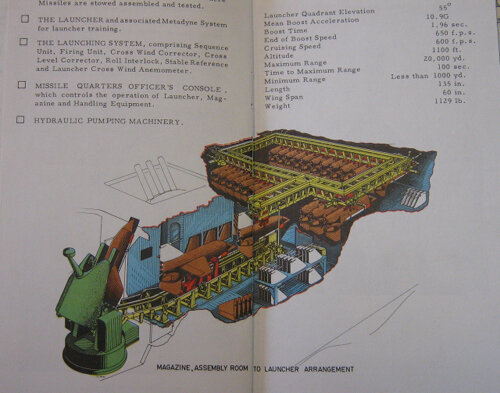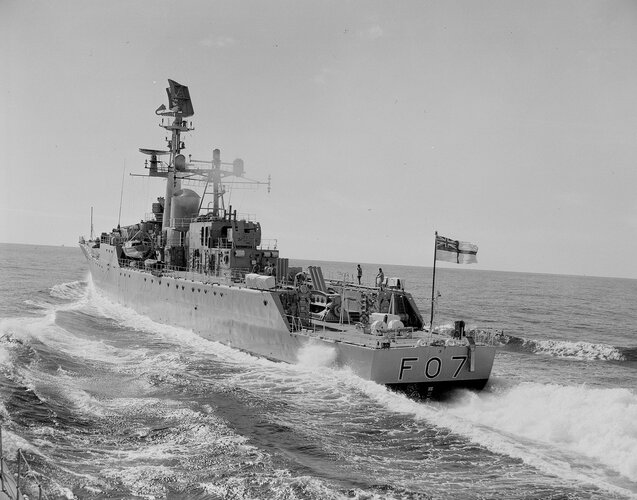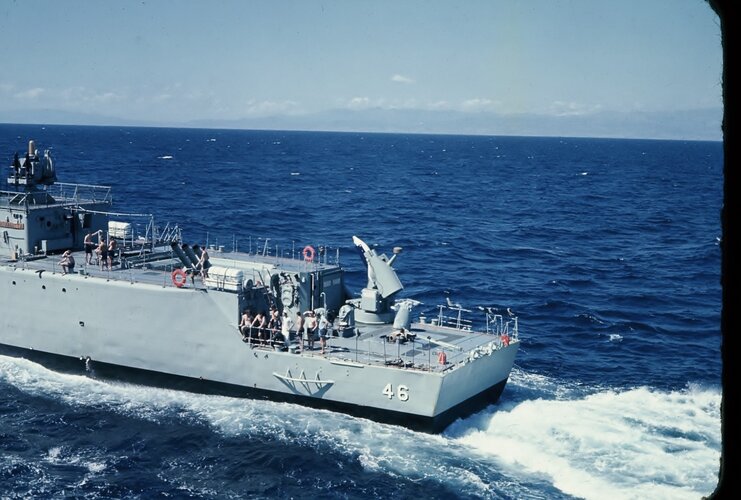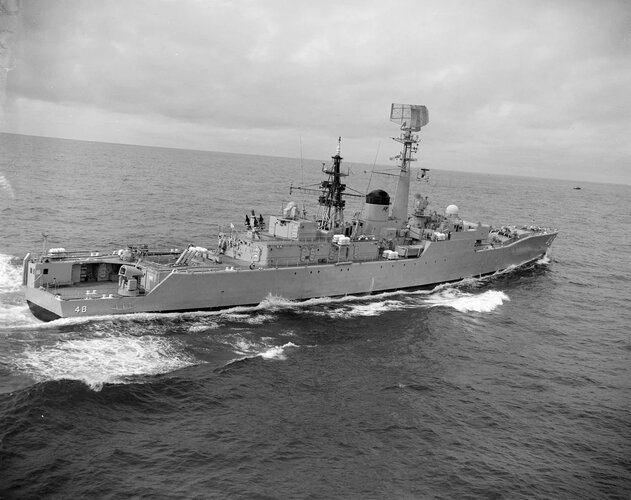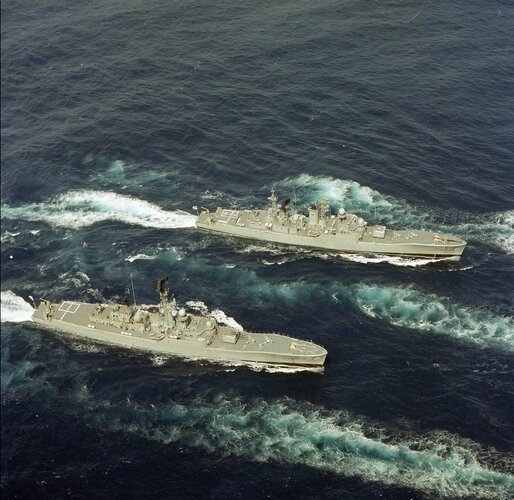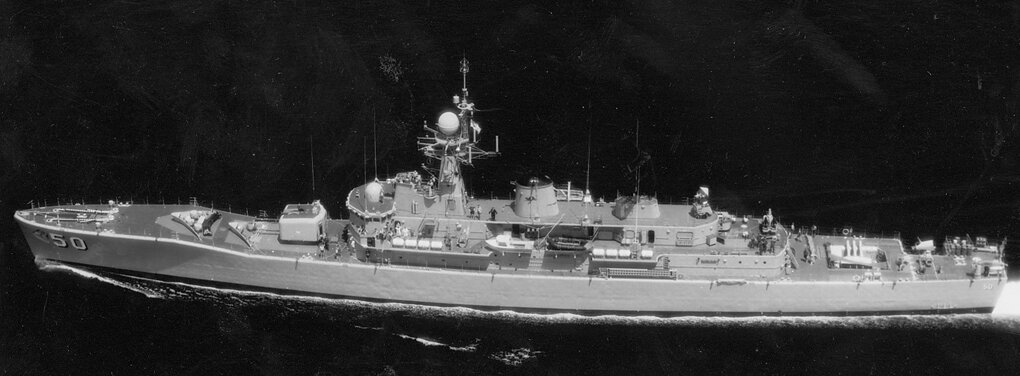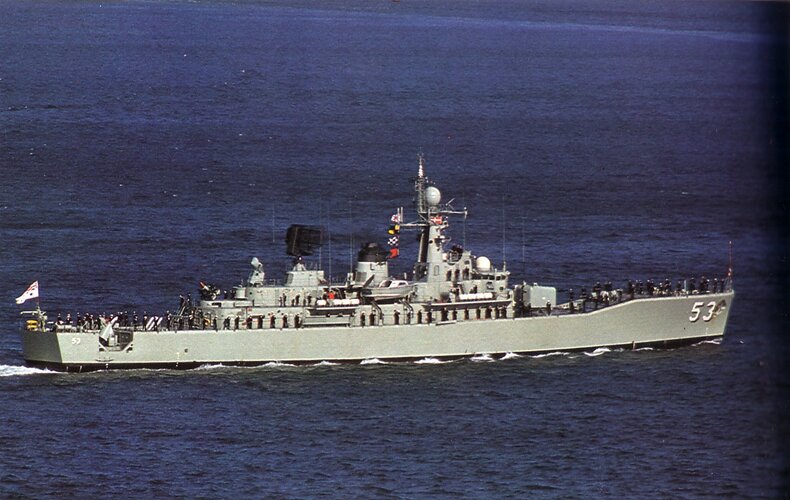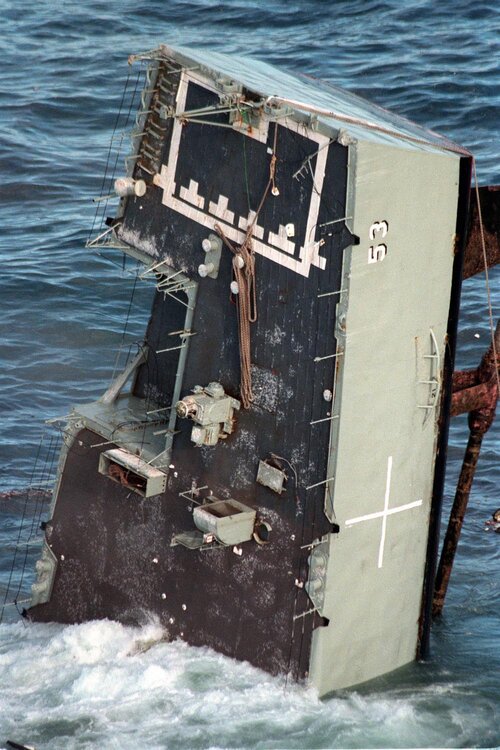Scott Kenny
ACCESS: USAP
- Joined
- 15 May 2023
- Messages
- 11,078
- Reaction score
- 13,327
And later in the same paragraph it says . . .
And so the RN made 16 of the ships less useful when more than 100nmi from English shores?However, he resulting equipment was difficult to handle and operate, and was not of much use in areas of relatively shallow water such as the North Sea and British coastal waters. For these reasons the equipment was not fitted to all of the class.
The GIUK Gap is deep water. Build for there, and set the VDS for 10ft when close to the UK...
Something like 90% of the ocean, some 65% of the entire planet's surface, is deep water where VDS are very good. *facepalm*

